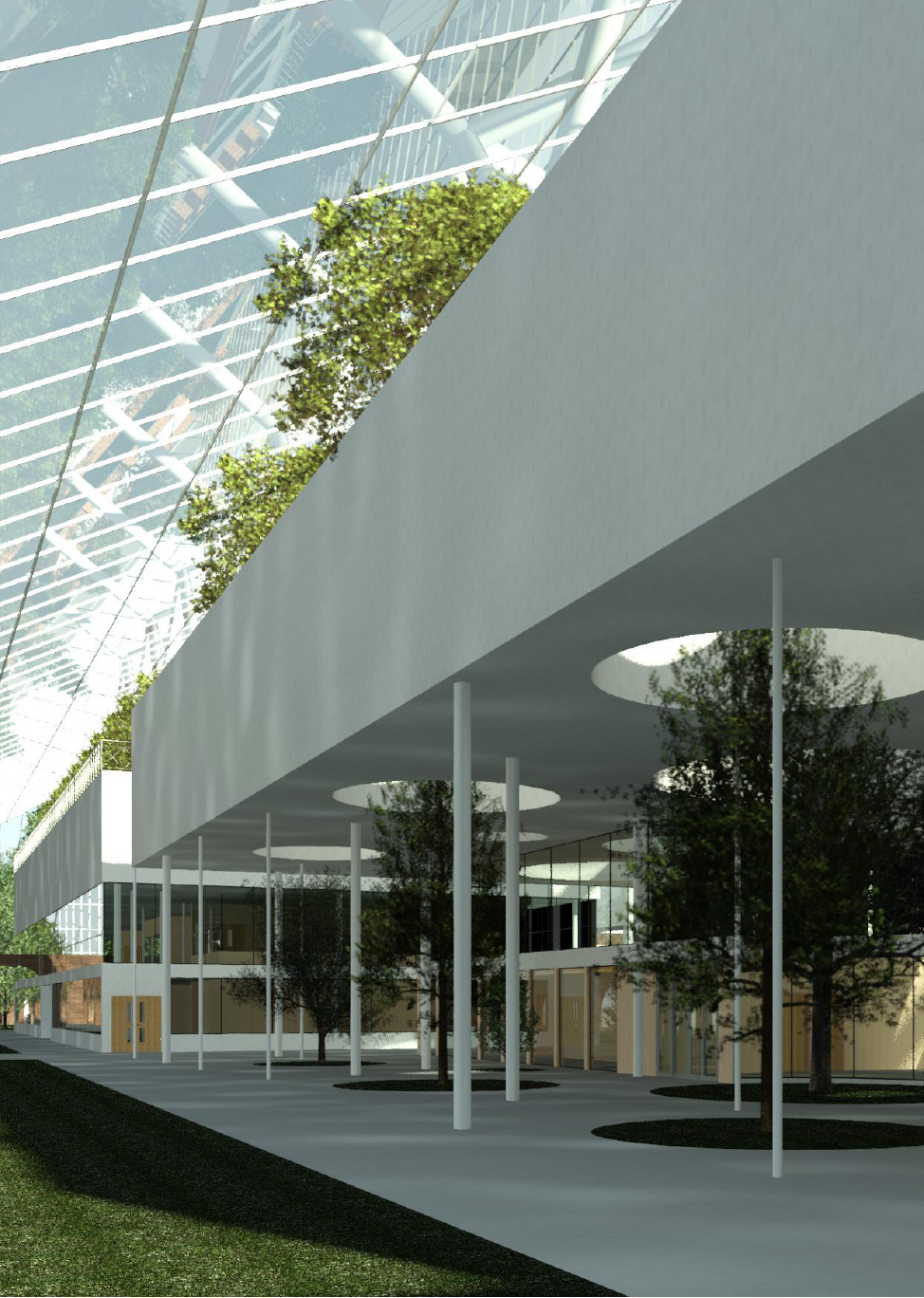This thesis argues that while society influences architecture, architecture in turn conditions us through the communication of engrained social preoccupation and therefore can be used as a tool for collective social and cultural conditioning.
The modern city of Glasgow is known to be one of Europe’s greenest city with a rich history of creating, pre-serving, and celebrating its nature, greenery and, open space. However, on closer inspection, one may see that this only applies to the outer urban realms with the distribution becoming sparser and sparser as we move towards the city centre. As the heart of commercial, cultural, and social activity- Glasgow’s city centre is the most visited part of the city with thousands coming and going everyday. Why is this level of activity, alongside its growing residential population not supported by green space?
Open and green space has been renowned for improving people’s quality of life and with growing concerns over the climatic and ecological crisis, bridging the distance between us and nature has never been more important. Not only would the introduction of green space in the urban realm greatly improve the lives of the local community but most importantly, it may begin to bridge the disconnect the populace has with nature and begin to help alleviate, mitigate or potentially even heal the damage that has already been done to our environment.
Because of the city’s density, open space is scarce and often not given for open space provisions, limiting the urban populace’s interactions and access to nature. However, does nature have to been within open space? How can architecture attempt to integrate nature back into the urban realm without the sacrifice of space?

